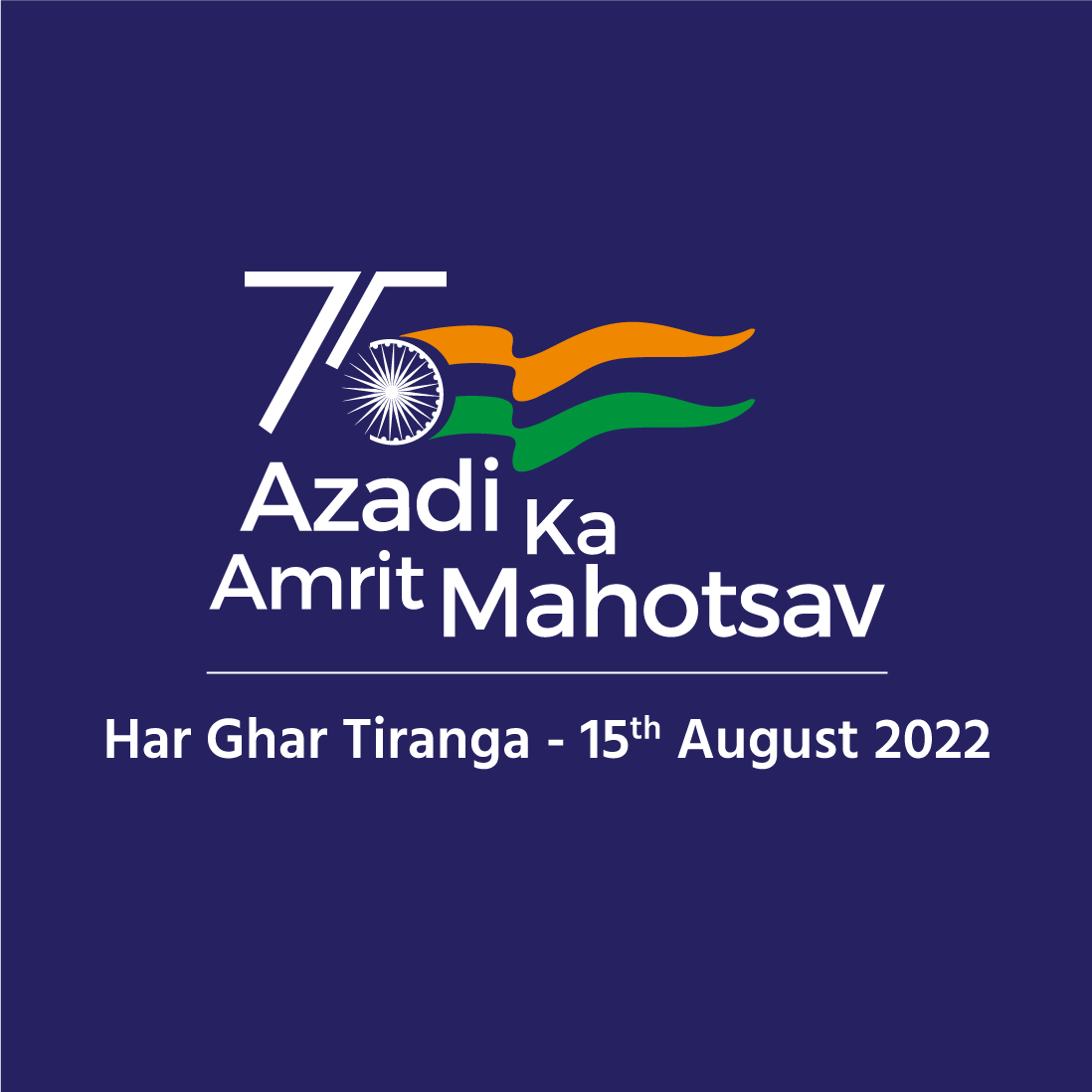
Indian Council of World Affairs
Sapru House, New DelhiWelcome Remarks by Ms. Nutan Kapoor Mahawar, Additional Secretary, ICWA at the Panel Discussion on ‘Recent Developments in Syria and their Regional and Global Implications’, Sapru House, 8 April 2025
Distinguished Experts, Members of the Diplomatic Corps, Students and Friends!
Syria has entered a new era of politics after almost five decades of the Assad family rule and fourteen years of civil war. The forces of Hayat Tahrir al-Sham (HTS) led by their leader Abu Mohammad Al-Jolani that took power in December 2024 faced no resistance from Assad’s fatigued forces or that of his allies. The sudden exit of Assad exposed the limitations of foreign powers over Syria’s internal dynamics. To us in South Asia, the situation in Syria also reminded of the Taliban takeover in Afghanistan in August 2021 and the ouster of Ashraf Ghani.
Current Situation
2. What is the situation in Syria? Jolani has consolidated his power since taking over and the security situation in the country seems to have improved. Around 300,000 refugees have returned home in Syria since the fall of Assad as reported by UNHCR. You would recall that some 4-5 million Syrians had fled the country during the peak of the civil war with most of them (2.9 million) being in Turkiye.
Transitional Government
3. For Syria, the question that now arises is whether the current regime would pursue a policy of accommodation or inclusion or would revert to the divisive politics of the past. The overthrow of the Assad regime offers an opportunity to reclaim the country by establishing a representative government and creating a multi-religious and multi-cultural society through a Syria-owned, Syria-led process. The new transitional government has promised a pluralistic and representative political system and we have to see how this materializes. It has taken the step of declaring a new Constitution which has however been criticized by religious/ethnic minority groups as discriminatory and non-representative.
Religious & Sectarian Divide
4. Syria’s deep religious and sectarian divide is a serious challenge and steps will have to be taken to lift the country out of it. There are reports of sporadic violence against the Alawites who were close allies of Assad. The most recent one being the attack against pro-Assad Alawites in the coastal town of Latakia. While both the minority groups – the Druzes and the Kurds – have rejected the new Constitution floated by the transitional Government, the Kurds have reached an agreement with the transitional Government to merge their military and civil institutions.
Terrorism
5. Another challenge would be to erect a new security architecture within Syria to contain the rise of disruptive forces. Remnants of ISIS are still active in some parts of Syria. How the new Government would deal with this menace and other obscure terror outfits needs to be seen.
External Actors
6. The role of external actors who were active in the civil war in Syria is undergoing shifts. Situation on Syria’s border with Lebanon has improved with Assad’s fall and the weakening of Hezbollah. Israel’s periodic targeting of Syria’s military capability needs to be watched for avoiding any escalation. The retreat of Iran’s proxies in the region as also Iran’s preoccupation with domestic issues and its relations with the US indicate limited impact on the unfolding polity in Syria. Russia is continuing to keep its military bases in Hmeimim and Tartus in Syria in coordination with the new transitional government in exchange for assistance in reconstruction. US backed SDF Kurd forces in the north-east of Syria have entered into agreement with the central authority regarding merger of civil/military institutions. US continues to have some 900 troops in Syria though. Turkey has repeatedly asserted its desire to be a major partner in Syrian reconstruction.
External Engagement
7. Countries in the region and beyond – US, Europe, Turkey, Arab states - are engaging with the transitional Government and some of them like Turkey, Qatar and Azerbaijan have re-opened their embassies. Many regional leaders including Saudi FM have visited Syria and Jolani himself has visited both Turkiye and Saudi. A Ministerial multi-agency delegation from Russia also visited Syria in January.
Humanitarian Crisis
8. The civil war in Syria post-Arab Spring has taken a heavy toll on its people. In the span of 14 years of civil war, around 500,000 people were killed and millions were displaced both internally and externally making it one of the world’s worst humanitarian crises in recent past. Additionally, the use of chemical weapons in 2013 created global hue and cry following which Syria under Assad joined the Chemical Weapons Convention and undertook destruction of stockpiles. More recently, DG, OPCW and the Foreign Minister of the transitional government have exchanged visits and the latter has committed to the destruction of any remaining chemical weapons in Syria.
Sanctions and ‘Axis of Evil’
9. Students of International Relations recall that, post 1979, the US had declared Syria a state sponsor of terrorism on account of its proximity to Iran. These sanctions strengthened with time and received a fresh impetus under President George Bush on account of Syria’s alleged weapons of mass destruction programme and it being part of what he described as the ‘Axis of Evil’. Arab Spring saw another wave of sanctions by US, EU and other countries. Of course, now events have overtaken - demanding a fresh look at unilateral sanctions and a paradigm shift in how the country is viewed.
Syrian Reconstruction
10. Post-Jolani take-over, Saudi Arabia has taken the initiative to host a meeting on Syrian reconstruction in January 2025 at which 17 FMs from European and Arab countries participated. The meeting symbolized a shift in regional and global approaches towards Syria. The talks focused on accelerating aid to Syria’s new Government while ensuring that the transitional government meets its commitment to a more inclusive and representative administration. Needless to add, more work in this direction is needed.
India
11. At the time of the fall of Assad, India called for preserving the unity, sovereignty and territorial integrity of Syria. It has advocated a peaceful and inclusive Syrian-led political process respecting the interests and aspirations of all sections of Syrian society. India should call for a political process that upholds pluralism and democracy. It should encourage the transitional government to commit itself to combating terrorism on Syrian soil. India should also examine how to contribute to Syria’s reconstruction process including through its private sector. A working-level engagement with the transitional Syrian administration is key. Main partners of Syria need to encourage the emergence of a Syria for the Syrians with increasing responsibility being assumed by the transitional government accompanied by credible demonstrations of moderation.
Concluding Remarks
12. Developments in Syria are taking place amidst regional conflicts and global geo-political shifts. How Syria’s polity unfolds will have lessons for models of national governance and international relations that can creatively emerge in periods of chaos marked by high uncertainty, unpredictability, wide-spread devastation, turmoil and human displacement. It is for this that we have curated a panel of distinguished experts today ably chaired by Ambassador Sanjay Singh, former Secretary to the Government of India. I look forward to a thought-provoking discussion and I wish the panelists all the best.
*****















